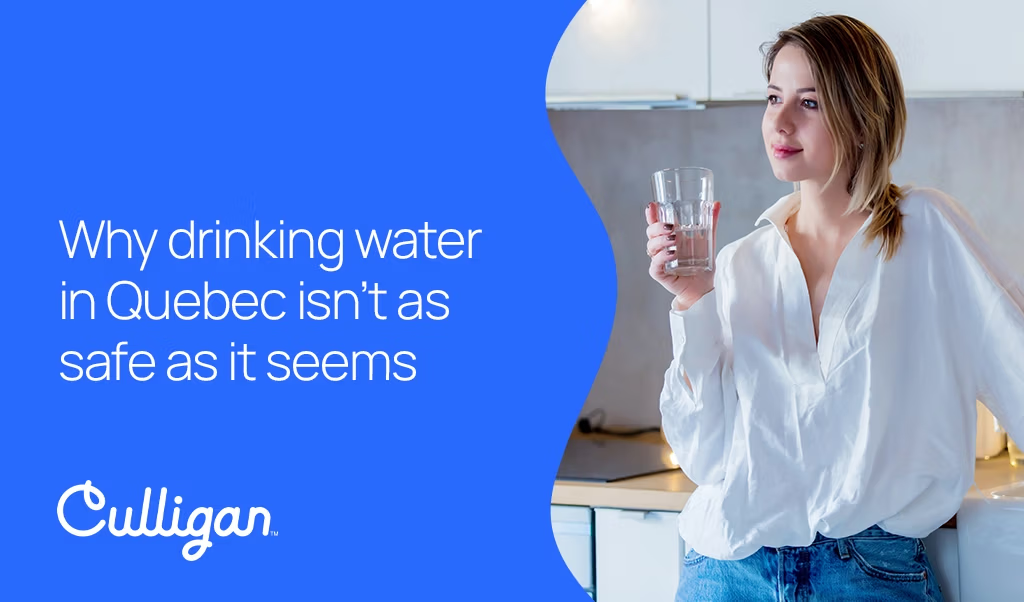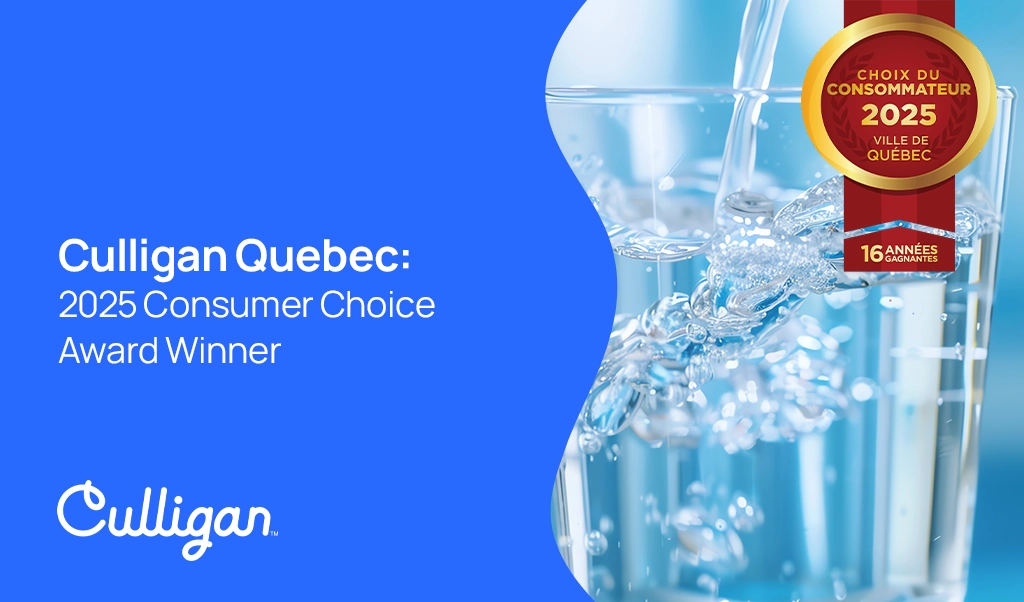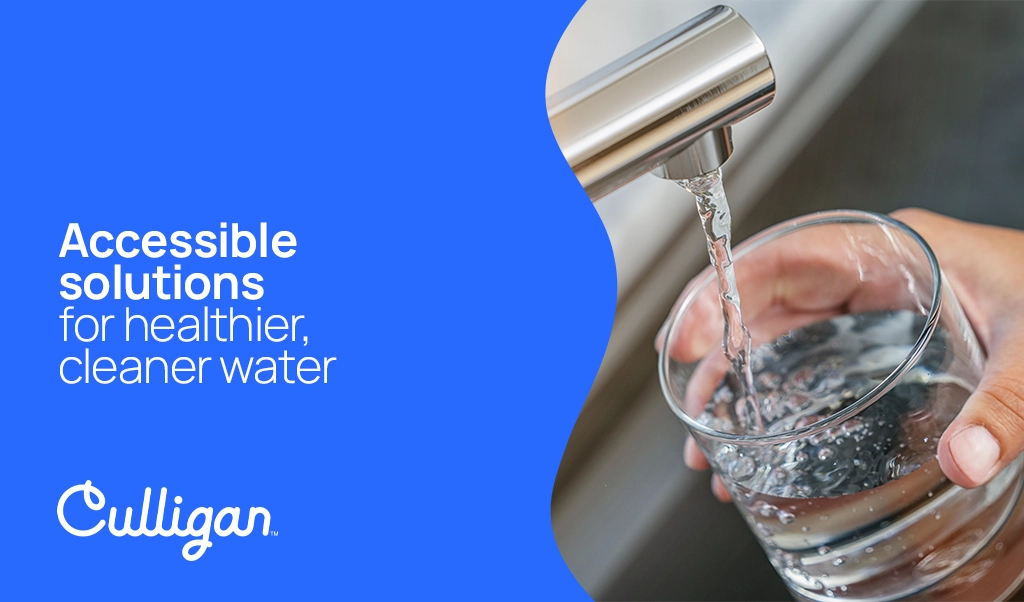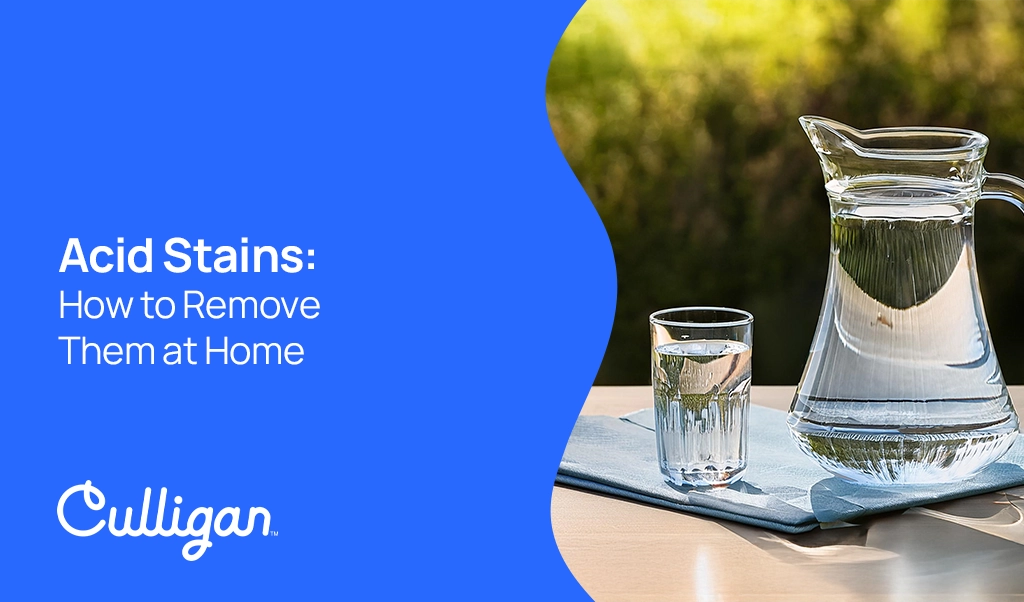The hidden dangers of untreated water and how to address them
Drinking water is central to our health and daily survival. Yet, in many regions around the world, millions of people face limited access to this essential resource. Untreated water can harbor a multitude of dangerous contaminants, from pathogenic microorganisms to toxic chemicals, posing severe health risks. These dangers go far beyond immediate health issues and can have long-term consequences, particularly in developing areas where treatment infrastructure is often inadequate. Access to safe drinking water is, therefore, a major global challenge. In this context, it is crucial to understand the various contaminants threatening our water and learn about existing solutions to make it safe for consumption. The goal is to ensure that everyone has access to safe, clean water for emergencies and daily domestic needs.
Water contaminants

Types of contaminants
The water we consume may contain various contaminants, each with severe consequences for human health and the environment. Below are the primary types of contaminants:
- Bacteria: Microorganisms like E. coli are often found in water contaminated by animal or human waste. These bacteria are responsible for severe intestinal diseases and gastroenteritis, which frequently affect rural areas in Quebec.
- Viruses: Pathogens like hepatitis A can spread through contaminated drinking water. These viruses are challenging to eliminate with traditional methods and can cause outbreaks in underserved communities.
- Parasites: Giardia, commonly associated with untreated lake and river water, is a frequent issue in Quebec, especially for outdoor enthusiasts. This parasite can cause debilitating digestive disorders like giardiasis.
- Chemicals: Pesticides and hydrocarbons from intensive agriculture and industrial activities contaminate groundwater. These substances are toxic to the nervous and reproductive systems, a significant concern for agricultural zones in Quebec.
- Heavy metals: Lead and mercury, often from old pipelines or industrial waste, can accumulate in the body, leading to chronic neurological problems and developmental delays in children.
Sources of contamination
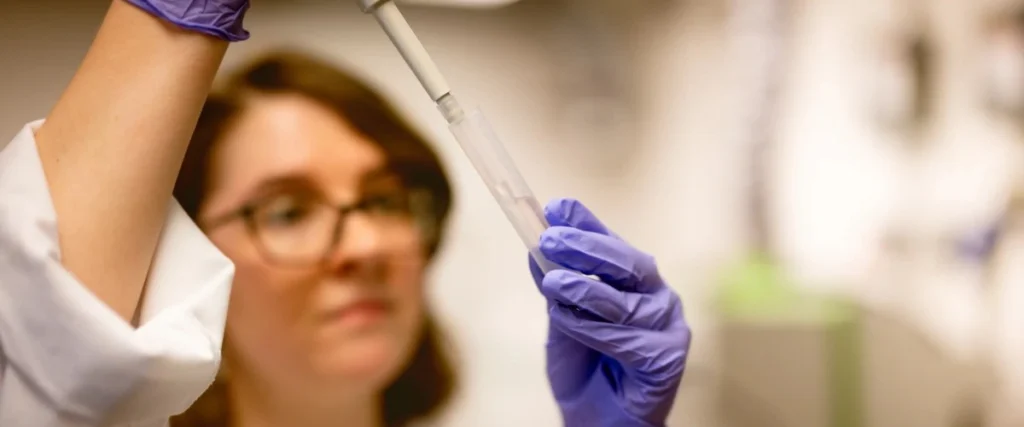
Water contaminants come from several sources, both natural and human-made:
- Natural sources: Minerals present in soil or natural runoff can introduce contaminants like arsenic or manganese into drinking water. These substances are common in certain rural areas of Quebec.
- Human sources: Industrial discharges, nitrate-rich agricultural waste, and poorly managed sewage systems significantly contribute to water pollution. For instance, spring floods in parts of Quebec worsen drinking water contamination through agricultural runoff and urban waste residues.


Health impacts
Untreated water can lead to severe public health consequences:
- Diarrheal diseases: Intestinal infections caused by bacteria like E. coli are very common and can lead to severe dehydration, particularly in young children and the elderly. These diseases are among the leading causes of water-related hospitalizations in Quebec.
- Liver infections: Viruses such as hepatitis A, often transmitted through contaminated water, can cause irreversible liver damage. These infections are particularly problematic in areas underserved by effective treatment systems.
- Neurological issues: Heavy metals like lead and mercury accumulate in the nervous system. This can result in severe cognitive impairments, such as developmental delays in children and memory problems in adults. Aging lead pipelines in some regions of Quebec exacerbate these risks.
Raising awareness of these dangers and taking action to improve water quality is essential to protect public health and prevent long-term consequences.

Why is this critical in Quebec?
Although Quebec has abundant water resources, contamination risks are ever-present. Frequent floods spread agricultural and urban contaminants into water networks. Intensive farming releases pesticides and nitrates that infiltrate groundwater. Aging infrastructure increases the risk of leaks and growing pollution. Identifying and understanding these threats is crucial. Protecting public health and ensuring safe drinking water for all is an absolute priority.
Comprehensive solutions for improving water quality throughout your home
To ensure safe drinking water and improve its quality, several complementary solutions can be implemented:
Reverse osmosis
Recognized as one of the most advanced solutions, reverse osmosis guarantees exceptional water quality. This technology uses a semi-permeable membrane to effectively remove heavy metals, chemicals, and microorganisms. It provides pure water, ideal for consumption and safeguarding your health. With reverse osmosis, you benefit from a reliable solution that meets the highest water quality standards.
UV treatment
To effectively eliminate bacteria and other pathogenic microorganisms, adding a UV lamp to your water treatment system is recommended by Culligan. This chemical-free technology provides an additional barrier to ensure safe drinking water.
Water softening
Primarily designed to reduce water hardness, Culligan water softeners also enhance overall water quality by removing lime and certain minerals. This helps preserve household appliances while providing water that is more pleasant to use.
Drinking water distribution systems
For easy access to high-quality drinking water, Culligan offers practical solutions like filtered water coolers. These systems ensure efficient and hygienic distribution for domestic or professional use.
By combining these solutions, you can not only improve water quality throughout your home but also protect your family’s health and extend the lifespan of your installations.

Water treatment: How to ensure safe and sustainable drinking water at home?
Choosing the right treatment method is crucial for ensuring safe and accessible drinking water. Each method has its pros and cons, but all contribute to protecting your health and that of your loved ones. Learn about the available options and invest in sustainable solutions for reliable, high-quality drinking water. Whether at home or in an emergency, proper treatment is the key to a healthier life.


